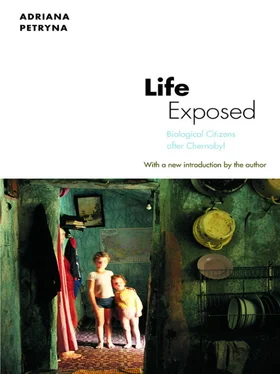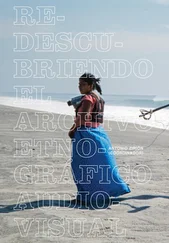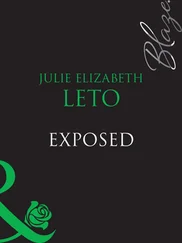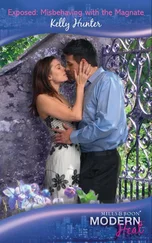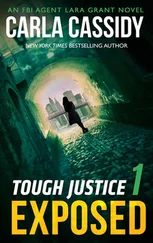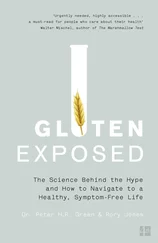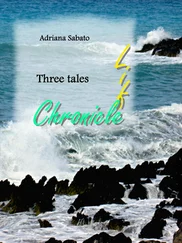A U.S. expert in radiation epidemiology who had helped popularize the view that psychological stress trumped any other possible adverse health outcomes among Chernobyl cleanup workers, offered some surprising consolation to Japanese workers who were waiting to be swapped into the Fukushima 50. He stated that the Soviet government had developed a system to limit Chernobyl cleanup workers’ radiation dose exposures: “They sent up to 600,000 people in to clean up the radioactive debris around the plant and build a sarcophagus.… The workers were sent into contaminated zones for limited periods ” (my italics). [24] John Boice, quoted in Bradsher and Tabuchi 2011.
This upbeat image—of well-orchestrated altruism working toward a harmonious reduction of collective risk—is simply inaccurate. It helps to transmute the actual human labor required to halt disaster into a problem of domesticated risk and concealed suffering, comparable to what happened at Chernobyl.
As in Chernobyl, there is in Fukushima nothing obvious about how people come to be engaged in this dangerous work; only ethnographic examination can begin to tease out a moral calculus of risk. Initially experienced workers at the Fukushima plant were to leave when their total dosage exceeded 100 millisieverts (mSv). But many were being kept until their doses reached a high 250 mSv and as long as it was deemed necessary to stop further damage. [25] The maximum estimated exposure per worker was 670.4 mSv. See Wada et al. 2012:599. mSv is a unit of ionizing radiation absorbed dose.
Back in Ukraine, every village, every housing block, every work collective knew a “bio-robot” who carried out the most dangerous jobs of all, such as shoveling radioactive debris into the mouth of the ruined unit; each one of these workers became part of a very select group through which a morality tale about sacrifice continues to unfold to this day. What is the actual experience of heroism and sacrifice at Fukushima? How will such experience comport with the scientific abstractions that will, perhaps inevitably, diminish biomedical complexities?
Fukushima may not be like Chernobyl in many respects: the reactors are not the same, the designs are not the same, and the political-economic systems of labor exploitation are not the same. Nor do we know yet the political or moral systems of coercion or consent that are keeping workers there overexposed. But Fukushima illustrates that there is more than one way to have a Chernobyl. There are Chernobyl-like aspects of Fukushima in terms of phases of political and societal response.
The first is undoubtedly the heroic phase; it is the only stage of what might be called collective moral confidence (or hope) that existing logistical capacity will prevail against the disaster. Invocations of heroism are seen in headlines reading, “We Are Not Running Away.” In the second phase, the heroes disappear; they become relatively anonymous and are now under the purview of a separately governed reality. This setting-off of a select group as slated for sacrifice sets up a political economy of sacrifice with unique medical and juridical consequences. Discourses of heroism are supplanted by people’s sense of disorientation about actual risk. (Such disorientation ensued, for example, when the U.S. Navy ordered that all of its American personnel evacuate from within a fifty-mile radius of the plant, setting up a contrast with the twenty-kilometer radius specified by Japanese officials.) The sense of duty, cultural or otherwise, that initially kept workers committed to the task is now a palpable form of injury that spreads through the entire social fabric. While some domestic and international experts embark on a series of conferences aimed at “consensus” building, these states of disorientation and desperation escalate. Will they also be cordoned off as “problems of risk perception” or “paralyzing fatalism,” to be absorbed by local cultural capacities and beliefs? The burdens of health and how to make sense of their origins fall onto a first generation of biological citizens. Political or medical vulnerabilities are exacerbated for those who do not make the cut.
In Ukraine, a decade after the disaster, waves of citizens poured into medical offices for care and compensation. Their “idiosyncratic” diseases would now encode different kinds of treatment discriminations and different kinds of neglect. In the daily deciphering of what counted and did not count as a disaster-related ailment, of who was and was not on the border with death, a new relationship emerged between a sickened citizenry and a post-Soviet state. Biological citizenship became a complex bureaucratic process by which a population attempts to secure a status as harmfully exposed and deserving of compensation. It entailed populations demanding social welfare based on strict criteria that might acknowledge biological injury and compensate for it. In this labyrinthine world of protection seeking, health was selectively promoted for some, while declines in health hastened for others. People fell in and out of categories or were pigeonholed in ways that they did not choose (or could not escape). It is true that biological citizenship speaks to health as a political project. But more centrally, it speaks to a failure of politics and science to account for human welfare, compounding vulnerability for citizens whose practices of survival have never fit neatly into our efforts to conceptualize them.
And this is phase three: this tangled biosocial reality involving people taking stock of those elements in their lives (measures, numbers, symptoms) that could tie to a broader history of the disaster’s mismanagement and risk, and could make them visible and singular in that context. Perhaps the Japanese will fare better than the Ukrainians in how well they “absorb” risk. But a cultural psychiatry is not the point. As the comparison with an already-sterilized version of Chernobyl is used to titrate Fukushima’s health effects down or up, a simultaneous sequestration of local human realities—a domestication of risk—takes place. The troubles of those most affected are undoubtedly already being absorbed in a new sort of normality that desperately requires a concerted anthropological and analytic unpeeling. But I fear that the “radiophobiologists” who shaped the Chernobyl story may already be shaping the story of who is and is not a true victim in Japan.
In spite of what I have outlined, I hope that Japan will have a different story to tell if it can resist international pressure toward abstraction. It has in fact, in the aftermath of Hiroshima and Nagasaki, previously accomplished a large-scale radiation-effects monitoring program. In contrast, the scientists who are working to piece together new information and advocating for life span studies are underfunded and still sidelined by science establishments that repeat the same health and mortality statistics over and over again. I hope that the scientific professionals at Fukushima stay close to facts, heed the lessons from Chernobyl, and responsibly build up the gold standard of epidemiological knowledge that scientists of Chernobyl thus far could not attain.
• • •
The arc of knowledge building from one nuclear catastrophe to the next is, of course, never linear. There will always be gaps, as every disaster is in some sense idiosyncratic in time and space. Hiroshima, for example, is a story of an intensive, extremely high-dose, short-lived, horrifically deadly radioactive bomb explosion. Chernobyl is a story about an exploding reactor core—its combustive stew of gaseous aerosols, fuel and mineral particles, rare gases, and radioactive hot particles lingered for months and will linger for years and decades in air, water, and the food chain. Extrapolating risks from high-dose, short-lived whole-body exposures to low-dose, long-lived internal ones is a completely uncertain enterprise.
Читать дальше
